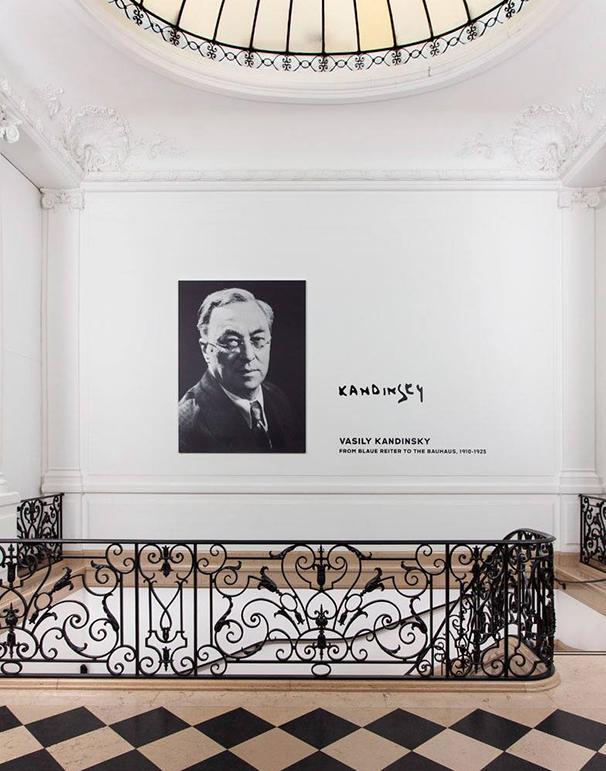
Classical Apollonian artwork from Adolf Hitler’s Great German Art Show and Adolf Ziegler’s 1937 “Entartete Kunst” exhibition is on display on the Upper East Side.
“Degenerate Art: The Attack on Modern Art in Nazi Germany, 1937” is a new exhibition at the Neue Galerie that runs until June 30.
Hitler commissioned Ziegler, a painter, to collect work he deemed degenerate from German museums in 1937 to curate an exhibition devoted solely to displaying and mocking the artwork. “Entartete Kunst,” or the “Degenerate Art” exhibition, opened a day after Hitler’s Great German Art Show at the Haus der Deutschen Kunst, which displayed artwork revered by those in Hitler’s regime.
“Entartete Kunst” reflected the contempt with which such art was regarded by Germans at the time — artwork was sloppily hung and crowded by degrading and slanderous texts. Now, curator Olaf Peters has constructed an exhibition that unites and contrasts these two 1937 German art shows, giving viewers a glimpse into a darker time in art history.
When first entering the exhibition, visitors are guided through a narrow hallway with a photmural of the line outside “Entartete Kunst” in 1937 on one wall and a photomural of a line of Jews who have just arrived to Auschwitz-Birkenau on the other. Throughout the rest of the exhibit, the haunting dichotomy is continuously highlighted.
The first of the exhibit’s four rooms is divided in two. Half of the room is painted pure white and displays the great German artwork, while the other half is painted off-white and displays the degenerate artwork. The curatorial influence is heavy handed but helps unite the opposing aesthetics and politics of the time. The demonization of art echoes the horrific rise of Nazi Germany and reminds viewers of the toxic nature of propagandist ostracism.
“I really like how there was a clear comparison between the degenerate artwork and the great German artwork that Hitler handpicked,” LS freshman Erica Lee said. “It was easy to walk through the exhibit and be able to grasp the absurdity behind branding Modern art, like that of Paul Klee, degenerate.”
Comparative pieces are aligned on both sides. Max Beckmann’s dark and sadistically allegorical painting “Departure” is a reactionary piece to Hitler’s Germany and is now displayed in close proximity to Zeigler’s painting “The Four Elements,” which hung over Hitler’s fireplace.
Viewers are challenged to strike a balance between a purely aesthetic evaluation and appreciation of the pieces and one that is formed by the historical context and the pieces’ histories.
The irony of Hitler and the Nazi party’s agenda is not lost in this exhibit. The majority of the artists represented in the show was not Jewish. The exhibition focuses on the arbitrariness behind the exclusivity — Emil Nolde, who was a Nazi party member and sympathizer, was also labeled as a “degenerate” artist. Hitler, the Nazi agenda and “Entartete Kunst” ultimately played a critical and ironic role in the success of the modernist movement.
A version of this article appeared in the Monday, April 21 print edition. Sarah Myers is a contributing writer. Email her at [email protected].
























































































































































